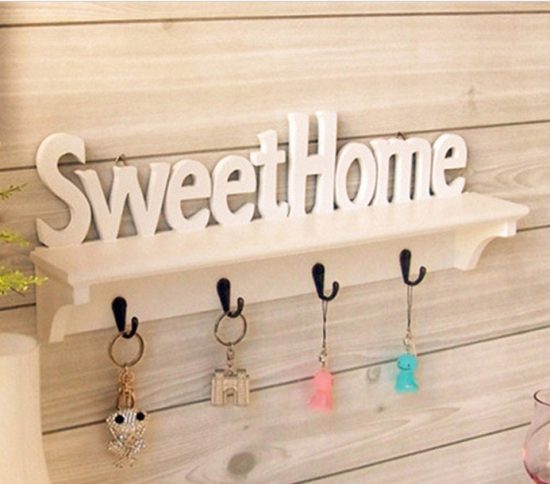The design of kids hangers can have a psychological impact on children, influencing their behavior, organization skills, and overall experience with their clothing. Here are some aspects of kids hanger design and their potential psychological effects:
- Size and proportion: Kids hangers are typically designed to accommodate smaller clothing items. The appropriate size and proportion of the hangers can make children feel that their clothes are just right for them. It creates a sense of ownership and independence, as they have hangers specifically designed for their smaller garments.
- Bright and playful colors: Kids hangers often feature bright and playful colors to appeal to children’s senses and capture their attention. Vibrant colors can evoke positive emotions, excitement, and joy, making the process of hanging and organizing clothes more enjoyable for children. The colors can also contribute to a visually appealing and stimulating environment in their closet.
- Fun shapes and characters: Some kids hangers incorporate fun shapes or characters, such as animals, cartoons, or familiar figures. These designs can spark children’s imagination and creativity, turning the act of hanging clothes into a playful activity. Associating their hangers with beloved characters can create a sense of connection and familiarity, making the task more engaging and enjoyable.
- Non-slip features: Kids hangers often have non-slip surfaces or grip-enhancing elements to prevent clothes from slipping off. This design feature promotes a sense of security and stability, reducing frustration and potential accidents. It allows children to trust that their clothes will stay in place, empowering them to handle their garments with confidence.
- Personalization options: Some kids hangers offer personalization options, such as name tags or customizable elements. Allowing children to personalize their hangers can foster a sense of ownership and responsibility for their clothes. It gives them a sense of pride in their personal space and encourages them to take care of their belongings.
- Ergonomic design: Kids hangers with ergonomic features, such as contoured shoulders or curved shapes, provide proper support and help maintain the shape of clothing. This design consideration contributes to a sense of care and attention to detail. Children may develop an understanding of the importance of preserving their clothes’ appearance and learn to handle them with care.
- Durable and sturdy construction: Kids hangers need to be durable and sturdy to withstand active use and the weight of children’s clothing. Hangers that are well-made and can endure the demands of daily use can convey a sense of reliability and quality. This can influence children’s perception of the value of their clothes and encourage them to appreciate the importance of organization and proper storage.
By understanding the psychology of kids hanger design, manufacturers can create hangers that engage children, promote organization skills, and contribute to a positive and enjoyable clothing experience. The design elements mentioned above can help children develop a sense of ownership, independence, and pride in their wardrobe, fostering healthy habits and a positive relationship with their clothes.


